The Fiery Secret Behind Pollo Pibil Chicken: Is This the Spiciest Dish You've Never Tried?
Table of Contents
- What Exactly is Pollo Pibil Chicken?
- A Taste of History: The Origins of Pollo Pibil
- The Flavor Trio: Achiote, Citrus, and Smoke
- How to Make Pollo Pibil at Home
- Spice Up Your Life: Pro Tips for Perfecting the Dish
- Pollo Pibil vs. Other Chicken Dishes: How Does It Stack Up?
- Buying Guide: Spice It Up Right!
- Conclusion: Why Pollo Pibil Deserves a Spot on Your Plate
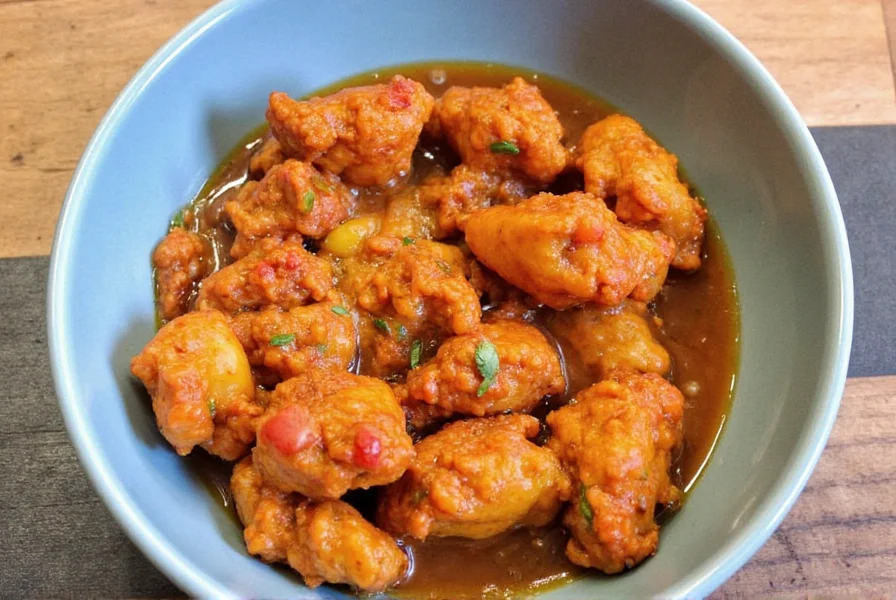
What Exactly is Pollo Pibil Chicken?
If you're a fan of bold flavors and aromatic cooking methods, you need to know about pollo pibil chicken. Originating from the Yucatán Peninsula in Mexico, this dish is a culinary masterpiece that combines fiery chilies, tangy citrus, and the deep, earthy aroma of slow-roasting over hot coals.
Unlike your average grilled chicken recipe, pollo pibil is wrapped in banana leaves and traditionally cooked underground using heated stones — a technique known as 'pib' in the Maya language. The result? Tender, juicy meat infused with layers of complex spice and a distinctive orange-red hue from the star ingredient: achiote paste.
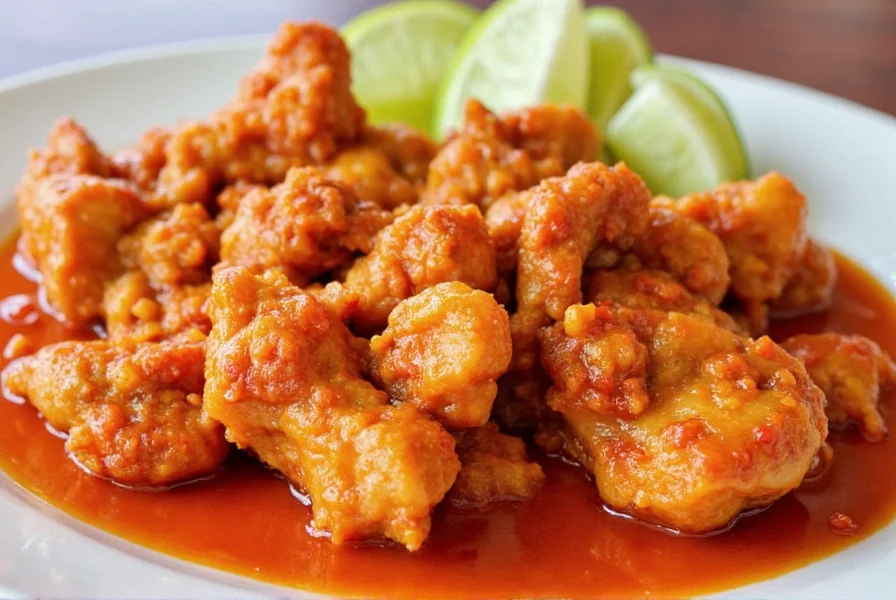
A Taste of History: The Origins of Pollo Pibil
Before Spanish colonization, the ancient Maya people were already perfecting the art of pit-roasting meats. Their method involved digging a hole, lining it with volcanic stones, heating them up, and then layering marinated meat (often wild boar or turkey) over the top, covered with leaves and earth to trap the heat.
When the Spaniards arrived, they brought new ingredients like citrus fruits and pork, which eventually made their way into the dish. Today's version of pollo pibil is a fusion of indigenous traditions and colonial influences — a true testament to the melting pot of Mexican cuisine.
The Flavor Trio: Achiote, Citrus, and Smoke
At the heart of pollo pibil lies a holy trinity of flavors:
- Achiote: Also known as annatto, this vibrant red seed gives the chicken its signature color and an earthy, peppery undertone.
- Citrus: Usually sour orange (or a mix of lime and orange juice), it adds brightness and helps tenderize the meat.
- Smoke: Whether you're roasting over coals or baking in the oven, the smoky depth elevates the entire dish.
Together, these elements create a balance between heat, acidity, and richness that’s hard to resist.
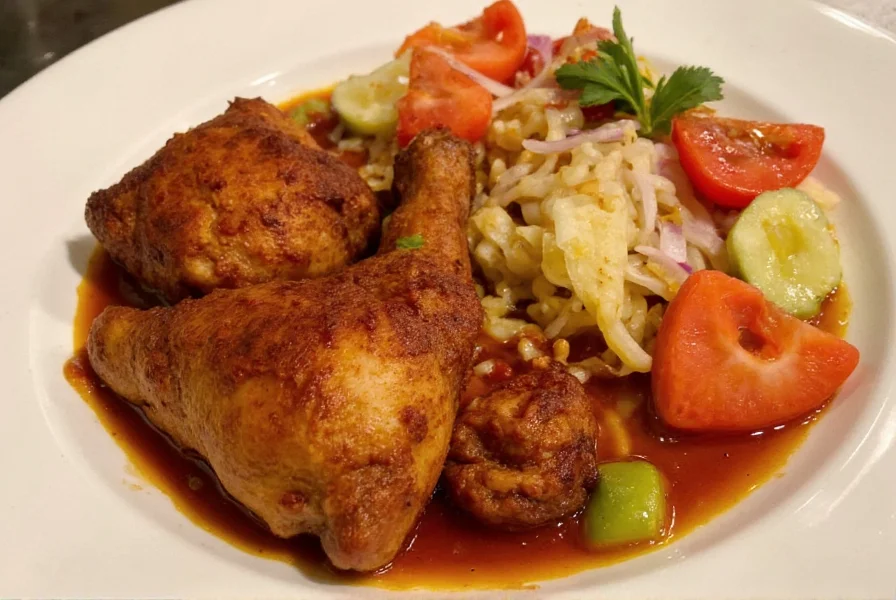
How to Make Pollo Pibil at Home
You don’t need a backyard pit or volcanic rocks to enjoy authentic-tasting pollo pibil chicken. Here’s a simple step-by-step guide to recreate it in your own kitchen:
- Gather Your Ingredients: Bone-in chicken thighs (for juiciness), achiote paste, sour orange juice (or a mix of lime/orange), garlic, cumin, oregano, banana leaves (optional but recommended).
- Marinate the Chicken: Mix achiote paste with citrus juice, garlic, and spices. Rub generously over chicken and refrigerate for at least 4 hours — overnight is even better!
- Wrap It Up: If using banana leaves, cut them to size and lightly char them to make them pliable. Wrap each piece of chicken in the leaf like a burrito.
- Cook It Low and Slow: Bake at 300°F (150°C) for 1.5–2 hours, or grill slowly over indirect heat if you’re feeling adventurous.
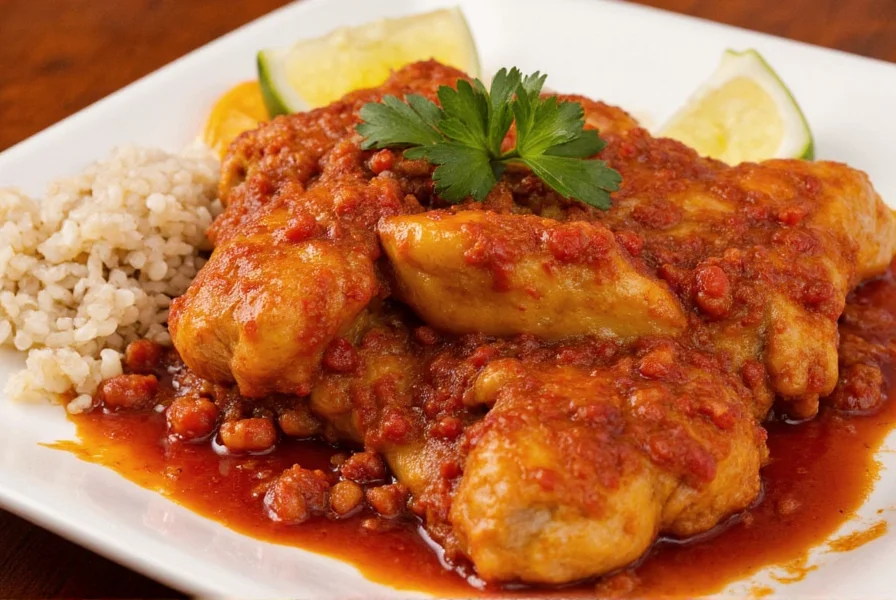
Spice Up Your Life: Pro Tips for Perfecting the Dish
Want your pollo pibil to wow your guests? Here are some insider tips:
- Don’t Skip the Marination Time: At least 8 hours allows the flavors to fully penetrate the meat.
- Use Sour Orange Juice: If you can't find it, substitute with a mix of ⅔ orange juice + ⅓ lime juice for authenticity.
- Experiment with Heat: Add chopped habanero or serrano peppers to the marinade if you crave more fire.
- Wrap It Right: Banana leaves not only add subtle sweetness but also keep the chicken moist and prevent burning.
Pollo Pibil vs. Other Chicken Dishes: How Does It Stack Up?
To help you understand where pollo pibil fits in the grand tapestry of global chicken dishes, here’s a quick comparison:
| Dish | Flavor Profile | Cooking Method | Spice Level | Best For |
|---|---|---|---|---|
| Pollo Pibil | Smoky, citrusy, earthy | Pit-roasted or baked | Mild to medium | Flavor lovers who enjoy subtlety with depth |
| Korean Dakgalbi | Sweet, spicy, garlicky | Stir-fried | High | Those who crave bold heat and texture |
| Indian Butter Chicken | Creamy, tomato-based, spiced | Simmered in sauce | Mild to medium | Rice lovers and comfort food seekers |
| Thai Green Curry Chicken | Fragrant, herbal, coconutty | Stewed in curry paste | Medium to high | Curry enthusiasts who love complexity |
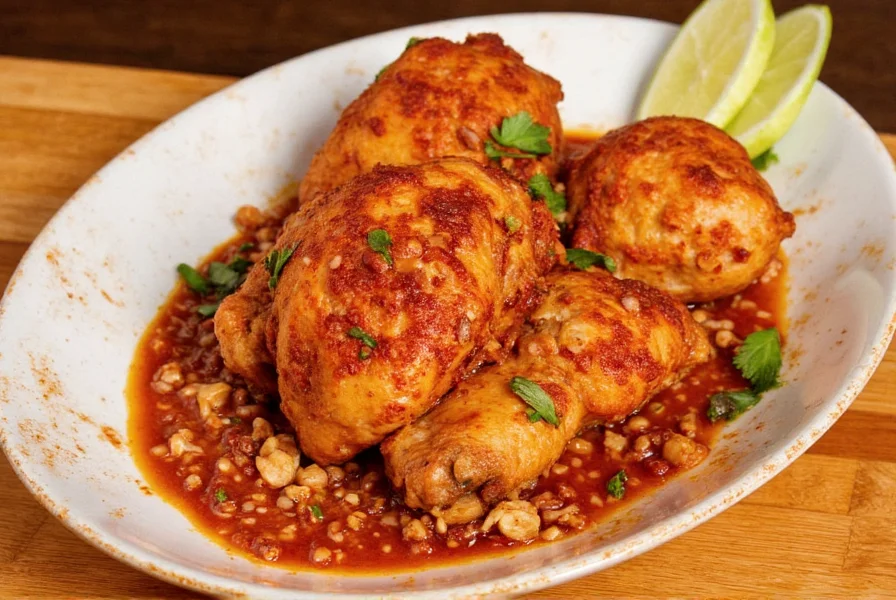
Buying Guide: Spice It Up Right!
Whether you're shopping at your local supermarket or browsing online stores, here are the essential items you'll need for making pollo pibil chicken, along with recommendations:
Achiote Paste
- Product: Goya Achiote Paste
- Features: Authentic blend of annatto seeds, vinegar, garlic, and spices.
- Advantages: Widely available, consistent flavor, no preservatives.
- Use Case: Ideal for marinades, sauces, and rubs.
- Target Audience: Home cooks and professional chefs alike.
- Suitable Occasions: Weeknight dinners, weekend grilling, holiday feasts.
Banana Leaves
- Product: Frozen Whole Banana Leaves (by El Mexicano)
- Features: Harvested fresh, flash-frozen to preserve quality.
- Advantages: Adds a natural aroma, keeps chicken moist, eco-friendly packaging alternative.
- Use Case: Wrapping tamales, fish, or chicken for steaming or baking.
- Target Audience: Latin American food lovers, environmentally-conscious chefs.
- Suitable Occasions: Festivals, cultural events, DIY cooking projects.
Sour Orange Juice
- Product: Naranja Agria (Sour Orange) Juice by La Costeña
- Features: Pure navel orange juice, naturally tart and sweet.
- Advantages: No added sugar, perfect for authentic marinades.
- Use Case: Marinades, cocktails, dressings.
- Target Audience: Culinary purists and gourmet home cooks.
- Suitable Occasions: Special meals, themed dinner parties, cooking experiments.
Cast Iron Skillet
- Product: Lodge Seasoned Cast Iron Skillet
- Features: Pre-seasoned, durable, versatile for oven and stovetop use.
- Advantages: Excellent heat retention, perfect for searing or roasting.
- Use Case: Roasting chicken, sautéing vegetables, baking cornbread.
- Target Audience: Cooking enthusiasts and serious home chefs.
- Suitable Occasions: Everyday cooking, outdoor grilling, camping trips.
Habanero Peppers (Optional)
- Product: Fresh Habanero Peppers (from local markets or specialty grocers)
- Features: Intense heat, fruity undertones, vibrant orange color.
- Advantages: Natural source of capsaicin, adds depth to salsas and marinades.
- Use Case: Salsas, hot sauces, spicy marinades.
- Target Audience: Spice hunters and heat lovers.
- Suitable Occasions: Spicy food challenges, themed parties, homemade gifts.
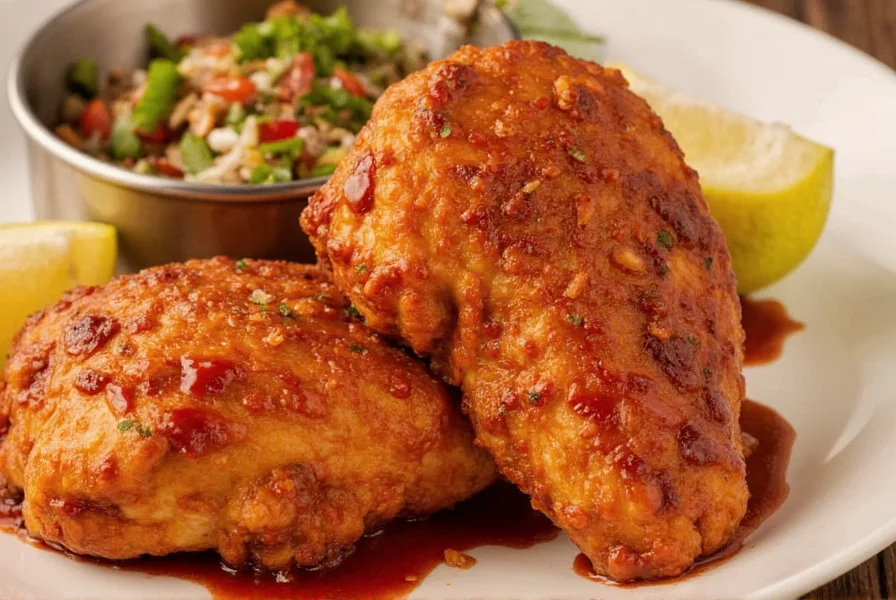
Conclusion: Why Pollo Pibil Deserves a Spot on Your Plate
In a world full of fast food and instant meals, dishes like pollo pibil chicken remind us of the magic that happens when we slow down, embrace tradition, and let time work its wonders on flavor.
Whether you're a seasoned cook or just beginning your journey through global cuisines, pollo pibil offers a delicious entry point into the rich and varied world of spice traditions. Its balance of smoky warmth, citrus brightness, and subtle spice makes it a standout among chicken dishes worldwide.
So next time you're planning a meal that feels special, skip the usual roast and try something different. Wrap yourself in the aromas of the Yucatán, fire up your oven or grill, and bring a little piece of history and flavor to your table.
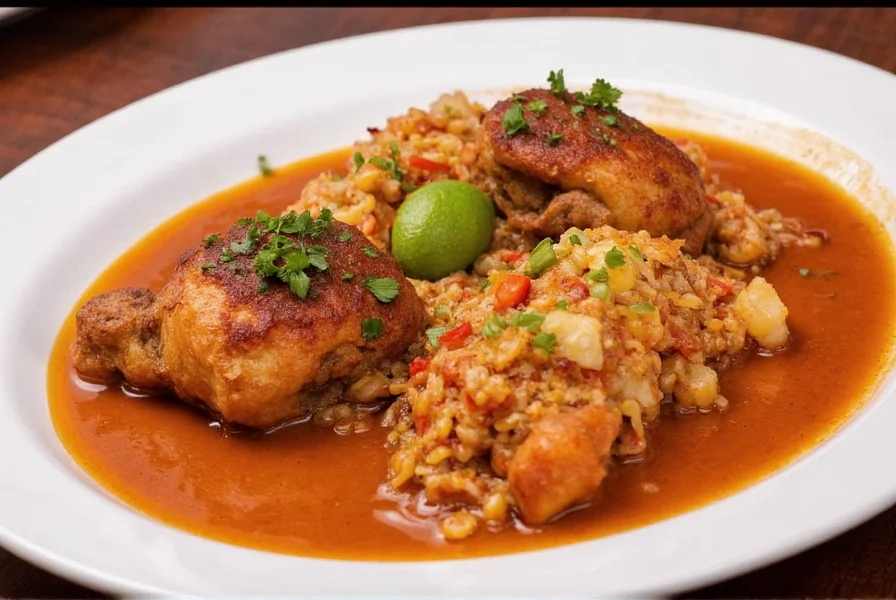











 浙公网安备
33010002000092号
浙公网安备
33010002000092号 浙B2-20120091-4
浙B2-20120091-4